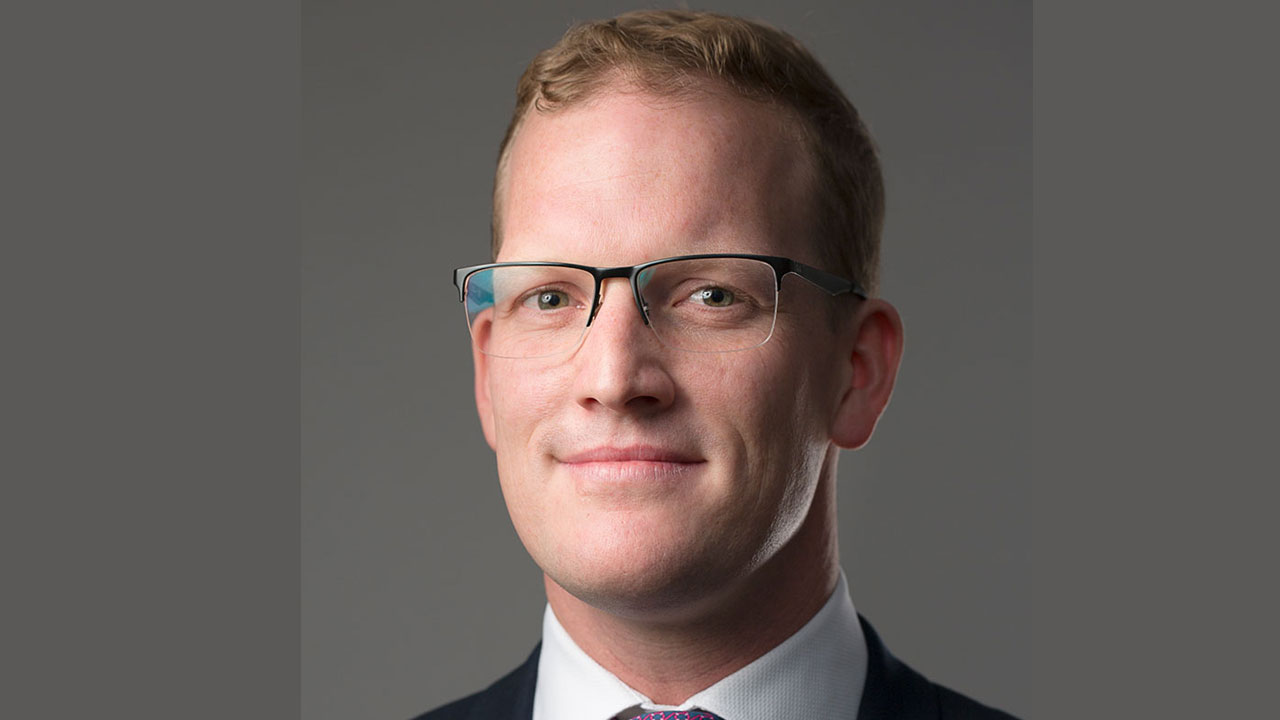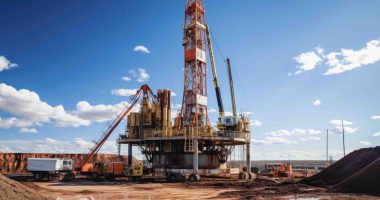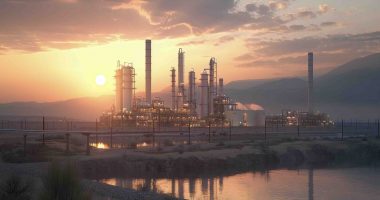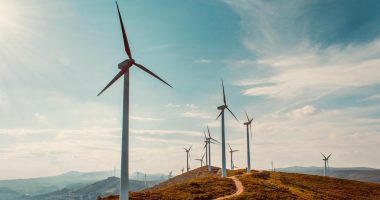- Strike Energy (STX) completes pre-FEED study for Project Haber in Western Australia, delivering a six per cent reduction on the expected capital cost
- The new base cost is estimated at $2.27 billion, covering engineering, procurement and construction of the urea production facility
- STX says it has secured technology that will reduce the carbon intensity of urea produced, resulting in a further 24 per cent reduction on previous estimates
- The company will progress FEED early works before drilling South Erregulla-1 later this year, with offtake discussions already underway
- Shares are sitting steady at 30 cents at 1:11 pm AEST
Strike Energy’s (STX) Project Haber has passed a major engineering milestone and is set to deliver further carbon, capital and technology benefits.
Based in Geraldton, Western Australia, the 1.4-million-tonne-per-annum urea development is touted by STX to become the country’s lowest carbon urea producer.
In a statement today Strike said it had wrapped up a seven-month plant pre-front-end-engineering-design (pre-FEED) study and delivered a six per cent reduction on the expected capital cost compared to the original Technip Energies feasibility report completed in January 2021.
The facility’s pre-FEED capital estimates represent a base cost estimate of US$1.64 billion (A$2.27 billion), covering the engineering, procurement and construction of Haber onsite at Nargnulu.
Accordingly, the plant will incorporate ammonia, urea and granulation technology provided by licensor partners Haldor Topsoe, Saipem and Thyssenkrup, in addition to onsite supporting infrastructure.
Under the arrangements, STX has formally chosen Haldor’s SynCOR Autothermal Reformer technology to reduce the carbon intensity of the urea, resulting in a further 24 per cent reduction from previous estimates.
Gas feedstock estimates were also estimated to reduce by around seven per cent to 80 terajoules per day and 584 petajoules over 20 years.
Strike CEO and Managing Director Stuart Nicholls said the company was aiming to manufacture a globally unique and modern fertiliser in one of the country’s major agricultural heartlands.
“Through the application of this technology, Strike expects to be able to pass on substantial carbon savings to Australia’s farmers whilst also delivering shelter from global gas shortages and international shipping costs,” he said.
“Progression of key engineering deliverables in parallel with developments in Haber’s offtake negotiations continues to materially de-risk the project on the path to a final investment decision.”
The company said it would progress FEED early works prior to frilling the South Erregulla-1 well later in the year.
STX is in in the process of negotiating enter binding term sheets for urea fertiliser offtake.
Shares were sitting steady at 30 cents at 1:11 pm AEST.








